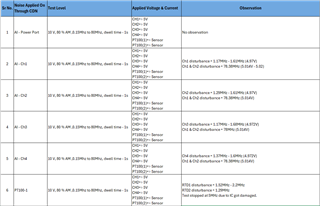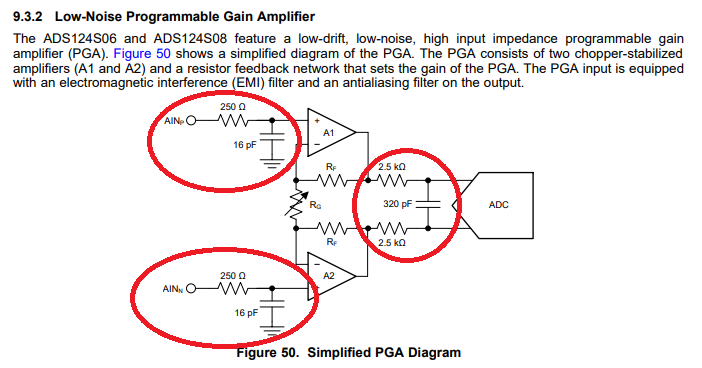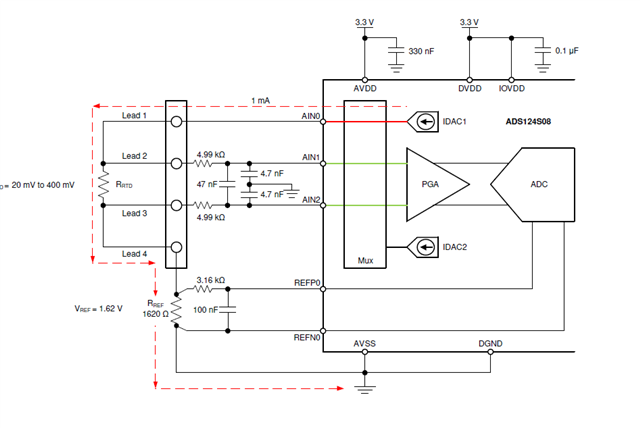Tool/software:
We have designed 4 analog inputs +/-10V and 2 port for four wire PT100. We have placed as per TI guidelines TVS protection diodes in each ports and also place MOVs to earth on each lines, still we are facing issue that IC gets damaged in conducted immunity test while testing 4 wires PT100 port. Is there any way to protect and passed CI test in class A?
Thank you.
Neel Shah





